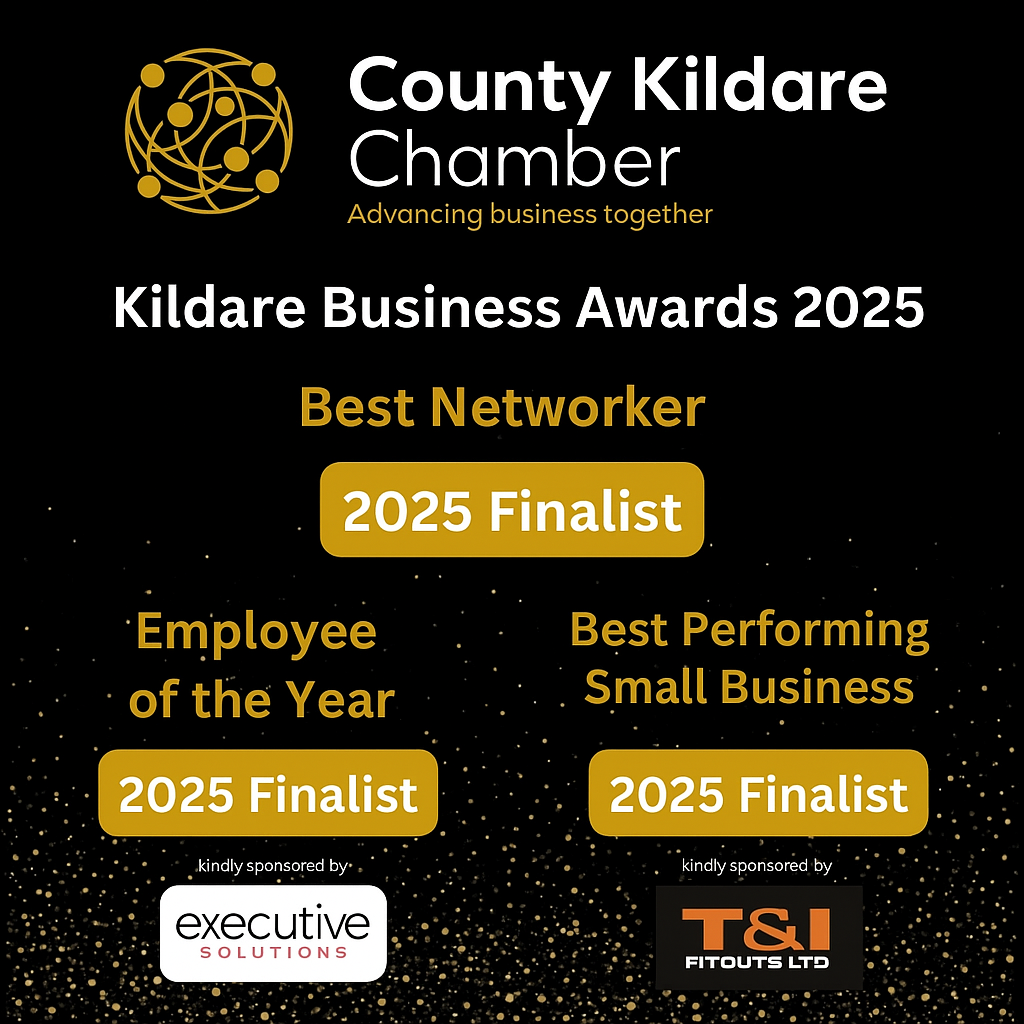
6 Common Hiring Mistakes and How to Avoid Them!
Hiring mistakes can be a costly affair for your company. A poor hiring decision not only affects morale and productivity but can also harm your reputation. The expenses escalate if you find yourself needing to restart the recruitment process after parting ways with an unsuitable candidate.
To guide you in steering clear of such pitfalls, Stephen Farrell-O’Callaghan highlights six errors to avoid in the employee recruitment process.
Mistake No. 1
Losing sight of your business strategy.
Frequently, business owners prioritize filling positions urgently. However, irrespective of the urgency, it’s crucial to pause and consider your strategic plan. How does the new employee align with your company’s competitive advantage and growth plans? What essential skills are you lacking?
Reflecting on your competitive positioning and proactively seeking talent aligned with your vision is vital, advises Stephen, who counsels companies on overcoming recruitment challenges. You can also refer to our article on ‘How to write Effective Job Descriptions‘ for more guidance.
Mistake No. 2
Failing to see recruiting as a marketing challenge.
In a near full-employment scenario, skilled job seekers have numerous options. They scrutinize potential employers as closely as employers scrutinize them.
Presenting your best image begins with your website. Enhance your overall branding and create a recruitment page that outlines your employer value proposition—clarifying what your company represents and offers employees.
“It’s insufficient to simply post job openings; you need to articulate what it means to work here,” emphasizes Stephen. “Highlight the benefits, promote the values, and share real success stories of team members.”
Mistake No. 3
Passively waiting for candidates to apply.
While posting positions on job sites and social media is essential, actively seeking out strong candidates is equally vital. Explore promising profiles on LinkedIn, and identify top performers from competitors, suppliers, and customers. Encourage employee referrals by offering bonuses for successful hires lasting six months.
Mistake No. 4
Ignoring groups of potential employees.
Despite intense competition for skilled labour, many employers overlook significant pools of potential candidates. Immigrants, Indigenous workers, those requiring visa/permit assistance, and the disabled workforce all present valuable opportunities for employers.
Mistake No. 5
Taking a haphazard approach to the selection process.
After assembling a candidate pool, a systematic approach to reviewing and deciding is crucial. Relying on intuition alone can lead to suboptimal decisions. Adopt a consistent process for all candidates—uniform criteria for CV review, skills tests, and interview questions. Utilize a simple evaluation grid to score applicants at each stage.
“Comparing apples to apples is key,” notes Stephen. “Ensure every candidate undergoes the same experience to discern their differences.”
Mistake No. 6
Asking bad interview questions
Beyond legally inappropriate questions, steer clear of what Stephen calls “chit-chat questions.” These unfocused queries don’t aid in differentiating candidates and might deter talented individuals. Instead, focus on work-related questions that delve into experiences and scenarios, helping identify candidates suited for your workplace.
Invest time in crafting effective interview questions and maintain a standardized list. The efforts in refining recruitment strategies will yield long-term benefits and avoid hiring mistakes.












